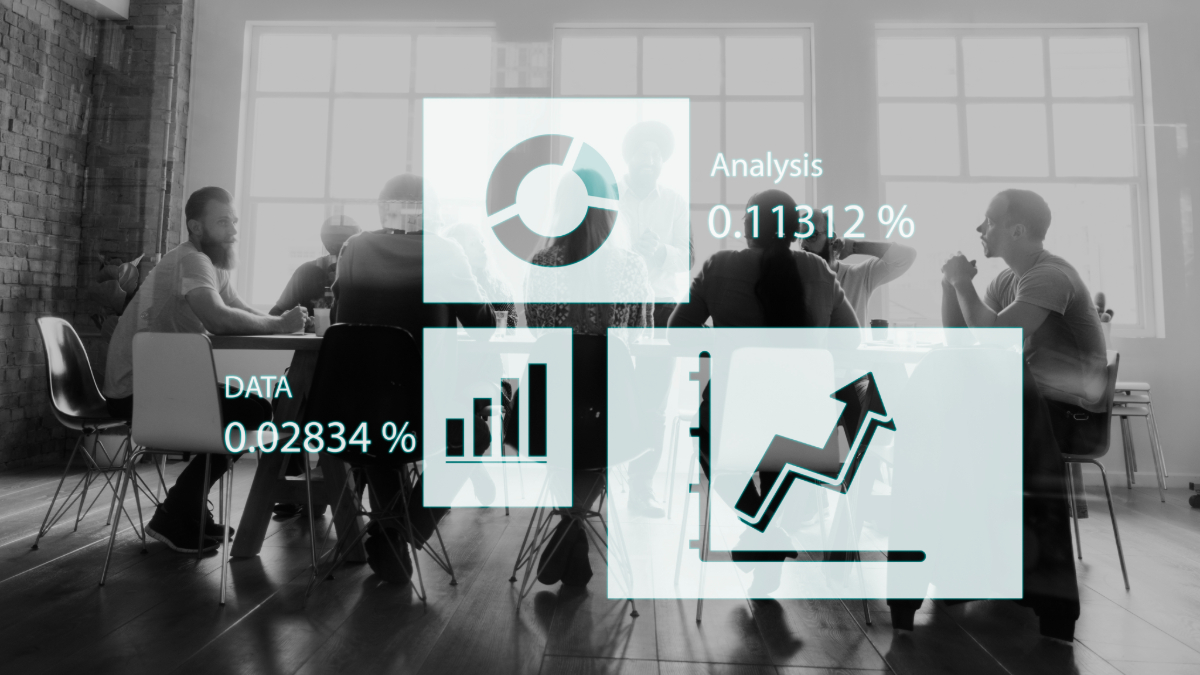
We are producing and consuming more data hugely. The amount of daily data we create is 2.5 quintillion bytes, and it doubles after every two years. Unfortunately, the existing infrastructure is not evolving as fast to accommodate the expanding data services.
High data streaming demands can therefore overwhelm your application and data architectures. But, Change Data Capture (CDC) can enhance and simplify your data architectures to support high-volume data streaming services.
You only need to know the most effective use case scenarios for maximum impact. Event-driven architectures and streaming data into a data warehouse are some of the examples of use case scenarios.
This article will discuss CDC use case scenarios and the benefits of using CDC.
Here’s what is covered:
- What is CDC
- CDC use case scenarios
- Benefits of using CDC in data applications and architecture.
What is CDC
CDC refers to a technique and set of tools that identify and take data changes in a source database and submit the same changes to other downstream processes in real-time.
Such real-time data migration and replication makes CDC suitable for system synchronization and supports dedicated reliable systems.
For example, data streaming into a data warehouse goes through ETL and ELT processes. The former, ETL, refers to the extraction, transformation, and loading of data into a data repository. ELT is commonly used nowadays; it involves extracting and loading data into a data warehouse and performing data transformation after loading.
Traditional ETL and ELT processes have limited scalability and interoperability with most modern databases. Besides, they do not offer comprehensive handling of several standard file formats in the current digital landscape-XMP, JSON, MP3, etc.
It makes the traditional ELT process complex, costly and ineffective, especially in high-volume real-time data streaming scenarios.
Using CDC in ETL or ELT process reduces the complexity and has robust integration for modern databases. Also, it uses data streaming instead of extensive batch data processing. So, you can continuously load small data changes without additional network resources. You’ll have efficiency and cost gains in the long run.
Uses of Change Data Capture
We’ve got you if you’re wondering when you should use CDC in your data architecture for maximum impact. Let’s check out some of the best use cases for CDC.
Loading Data in Data Warehouse in Real-Time
It is not advisable to run heavy data analytic tasks on operational databases because they undermine their performance. So, you must migrate the operational database to another unique system like the data warehouse to run analytics.
As mentioned earlier, the traditional ETL process has high latency. So, it will cost more time and money. CDC takes up the data changes and submits them to the data warehouse in real-time.
Data warehouses, e.g., Google BigQuery, AWS Redshift, etc., enable data streaming. So, CDC can help you leverage your high-volume data streaming needs.
Synchronizing On-Premise Data and the Cloud
For wider accessibility, scalability, and zero-downtime, some on-premise data is always migrated to a central database in the cloud. The cloud offers durable storage for sustainable operations.
Here are some examples of on-premise/cloud data synchronization using CDC.
- Moving data from on-premise systems for robust analytics in the data warehouse hosted on the cloud. You’ll not need additional infrastructure to run your analytical tasks.
- Help migrate on-premise data to a new application in the cloud.
Therefore, you can use CDC to replicate or migrate data changes to the cloud. It is done through data replication between a database in the on-premise system and the cloud.
Updating of Event-Driven Architectures like Microservices
Event-driven systems like Microservices are tough to implement. Querying services in real-time can quickly lead to downtime due to overwhelming requests from users.
You can design services to capture domain events from other systems and refresh accordingly to resolve this. It gives the system ability to perform queries locally internally. Hence, there will be zero system downtime and better read performance and autonomy.
Supporting Real-Time Data Analytics like PowerBI
One of the most critical CDC-powered real-time data streaming applications is business intelligence and reporting. So, you can use CDC to create real-time dashboards in Microsoft PowerBI, Tableau, and others.
Also, CDC is necessary when creating asynchronous API. It helps write events into Websockets, allowing users to take appropriate actions. So, CDC is applicable in real-time data analytics and reporting.
Creating an Audit Log
It is a standard requirement for maintaining an enterprise application audit log. An audit log refers to a list of changes undertaken by the application. CDC will directly record, store and submit changes chronologically as they happen within the source system.
So, target systems like a data warehouse can trace any events with location and timestamp details. Hence, it automatically creates an audit log of every transaction.
Why You Should Use Change Data Capture
Reduce Disruption of Production
CDC uses continuous incremental loading for analytics targets instead of batch loading. So, it will eliminate the latency associated with batch processing. Batch processing can only be done at night or during low user-level because it disrupts production workloads.
Using CDC removes the batch window allowing you to run data integration or replication with no production disruption. Hence, it makes it ideal for effective scaling and efficient operation for high-volume, high-velocity data streaming services.
Offers Robust Integration With Traditional and Modern Databases
Modern CDC tools can effectively handle several common file formats in a single platform at scale. So, you can use it with any data source regardless of the associated file type. It will capture and submit changes to any file format and enrich them.
Apart from ease of handling diverse file formats, CDC solutions are compatible with modern database features. So, it supports interoperability across many data architectures, data warehouses, and databases.
Reduces Cost of Data Transfer and Replication
Increased efficiency in data transfer and migration has driven the associated cost downwards. For example, loading and reloading on-premise data to the cloud using the batch method is slow and costly.
Now CDC accelerates data transfers at a fraction of the costs. So, you’ll enjoy efficiency and cost gains with CDC integration.
Final Thoughts
No need to waste more time and money loading or migrating data using the ineffective traditional ETL methods. CDC gives allows accelerating the process with fewer infrastructure requirements.
It means that you can effectively scale and run your real-time business intelligence and reporting. Also, you can migrate your on-premise data to the cloud faster and cheaply.
And it provides your audit log to keep tabs and trace any changes with location and timestamp details.
There is increasing demand for high-volume data streaming services. Modern CDC solution is your best best for production efficiency and controlling operational costs in your delivery.




